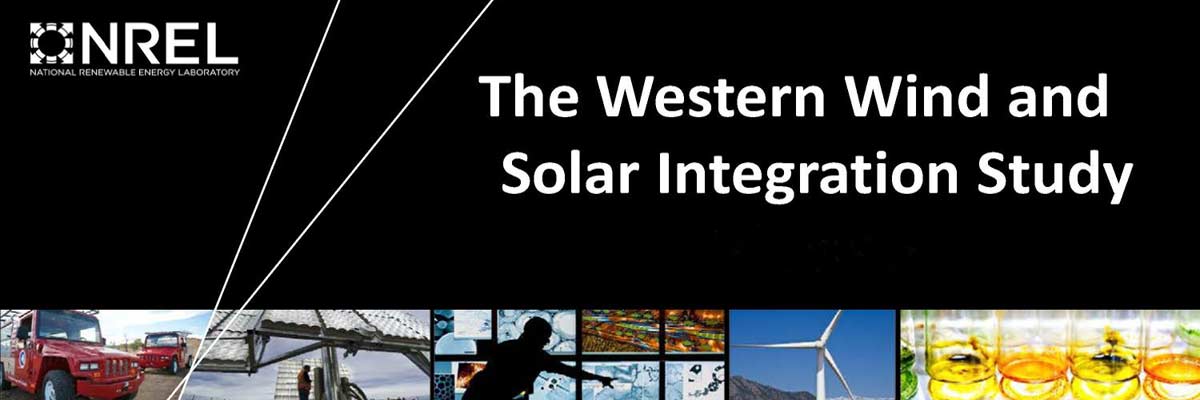My review of the NREL Western Wind and Solar Integration Study
The NREL/GE Energy WWSIS study appears to be built on several questionable assumptions, each allowing the modeled system (of up to 30% wind/5% solar in the West Connect within the great Western Interconnect) to withstand the inherent difficulties of large scale renewable integration. The primary issue, consistent with my dissertation research, is that the authors assume that we can afford to massively overbuild the capacity of the system, adding the large percentages of renewable generation on top of newly built and existing plants. This allows one to be able to ignore the hourly or sub-hourly periods with extremely low output from renewables, as well as the days or weeks at a time during the summer when wind production is well below yearly average output levels. An ample reserve is at the ready to step in when renewables perform poorly. Secondly and equally important, the authors assume that coal plants, which have traditionally run in a base load capacity, will be able to be operated very flexibly – on par with combined cycle gas plants.
This allows the authors, on one hand, to state that electricity prices will be kept low, because we will still be able to burn less expensive coal as our primary non-renewable source of electricity (instead of having to switch to more expensive natural gas), but also to claim increased upside flexibility in the system to deal with periods where wind and solar output decrease rapidly and reserves need to be brought on line. Next, like previous studies, the authors assume that there is an “away” to export excess generation to during times of overproduction. By assuming that the greater Western Interconnect is available to absorb excess production (by economic dispatch and regional grid management), the authors assume minimal to no curtailment in wind production needed in periods of overproduction. If on the other hand balancing is limited to smaller areas, the authors admit that the system might not be stable.
It is my opinion that this study is far from conclusive in its assertion that very high penetrations of wind and solar electricity generation are feasible in the Western Interconnect. Although the authors of the study performed a very detailed analysis, it is one that I feel is based on technological, bureaucratic, and political optimism.






